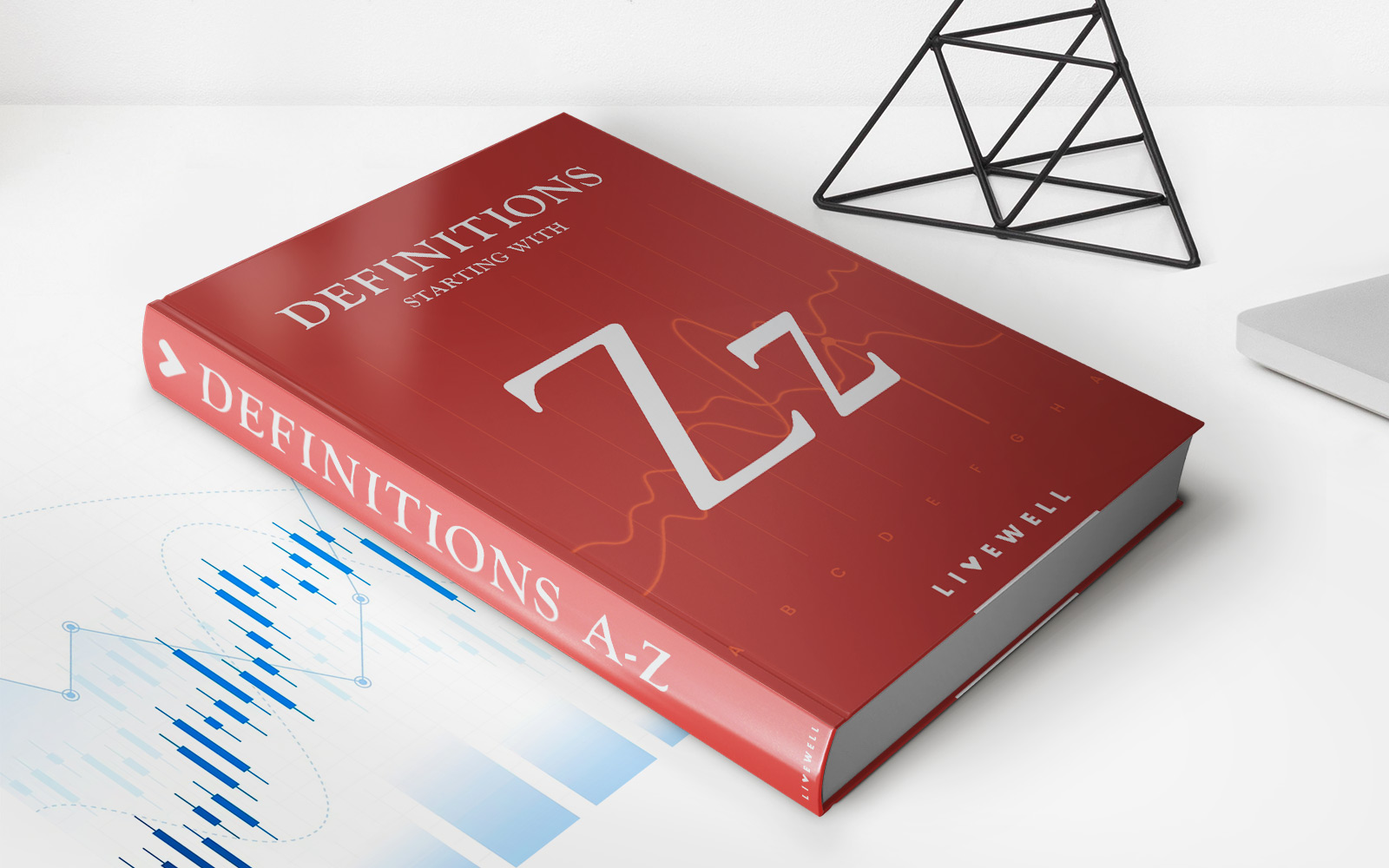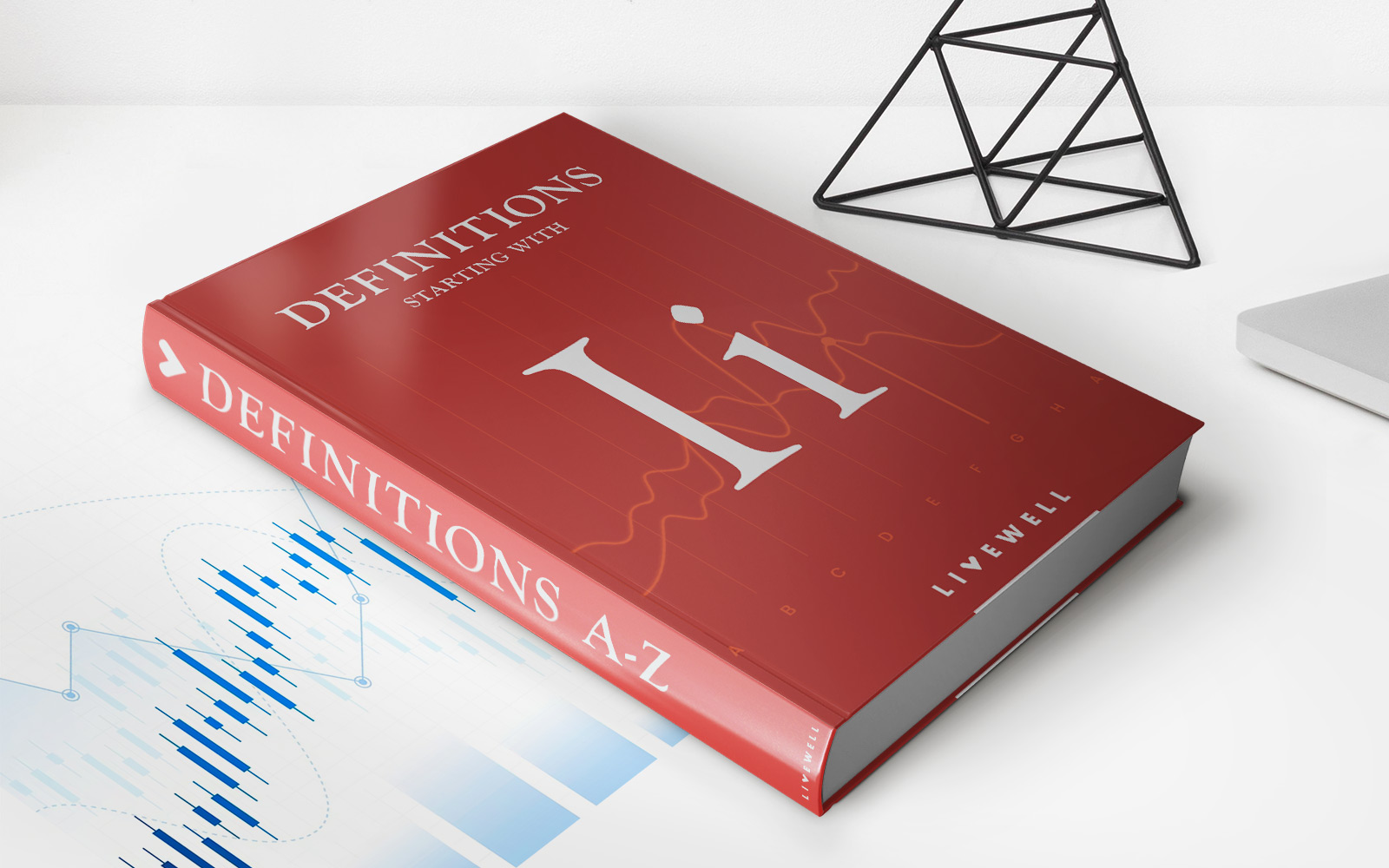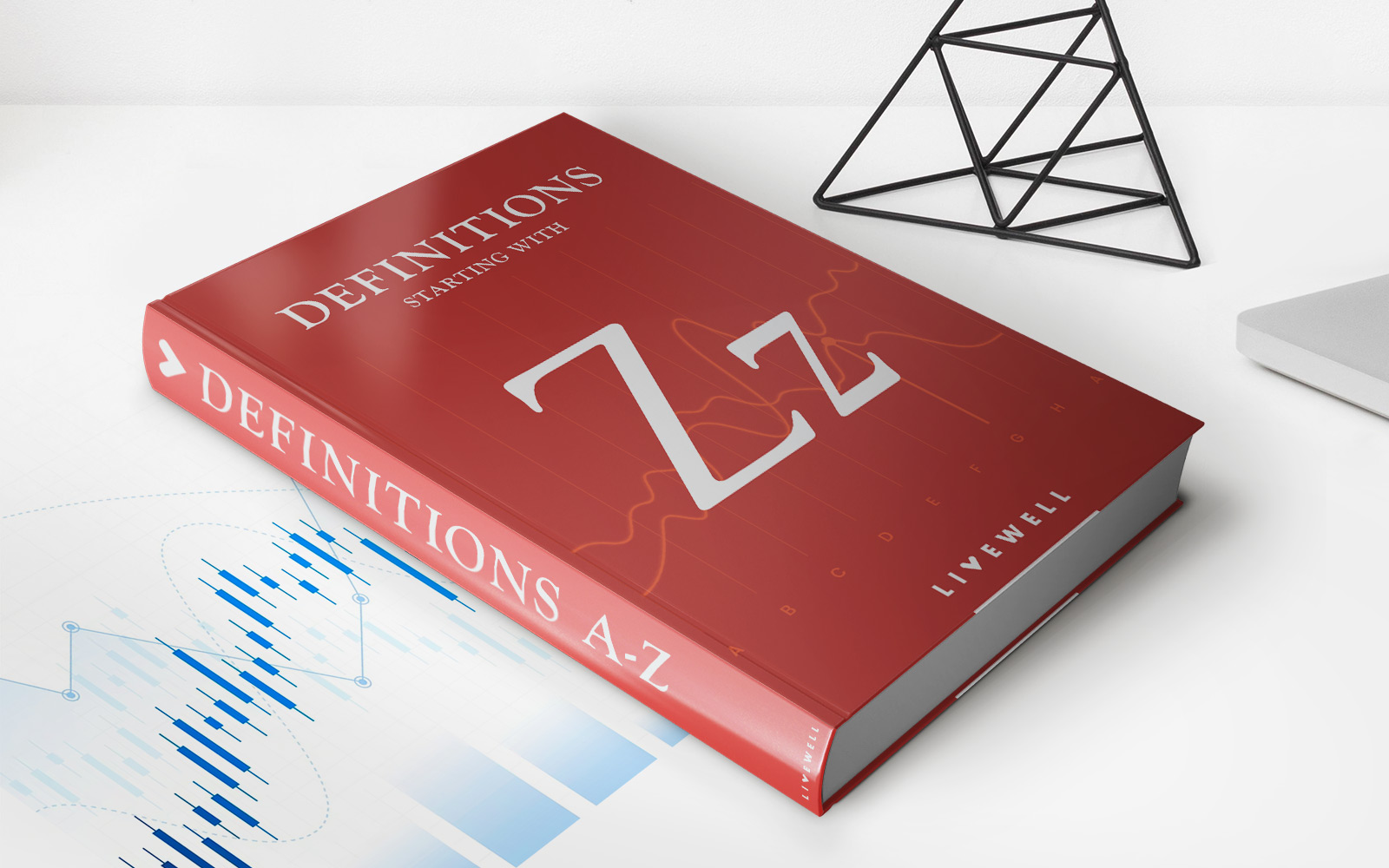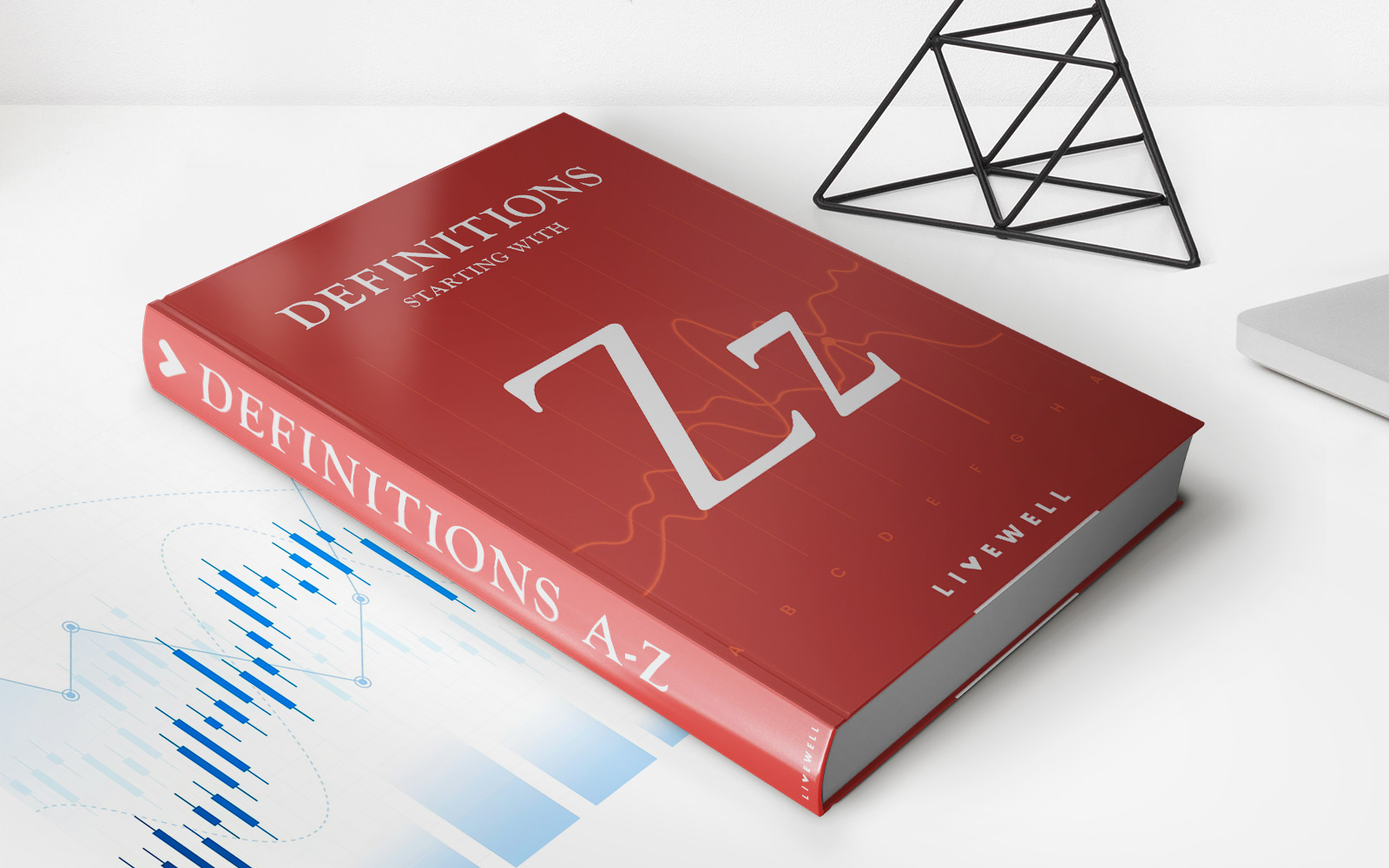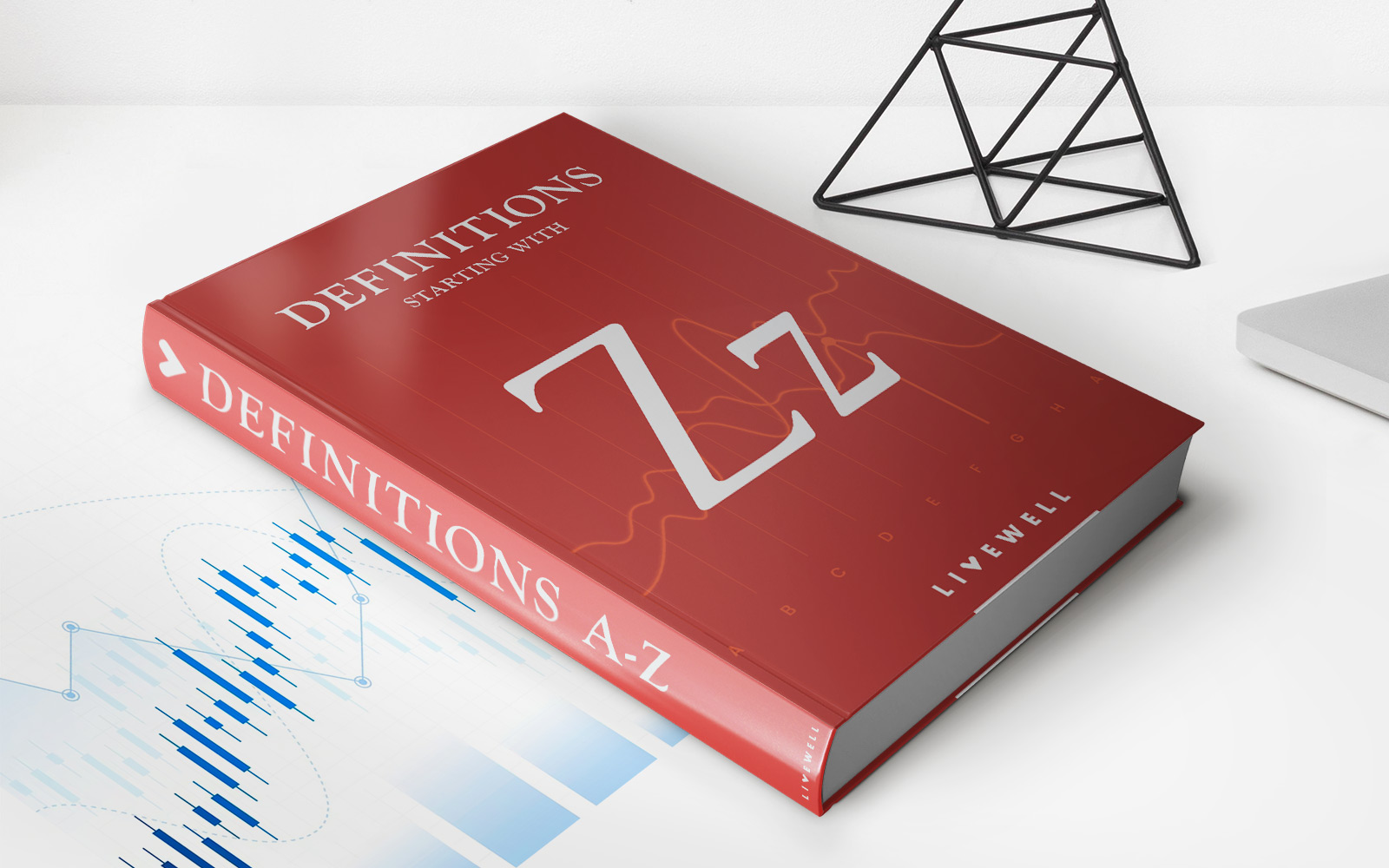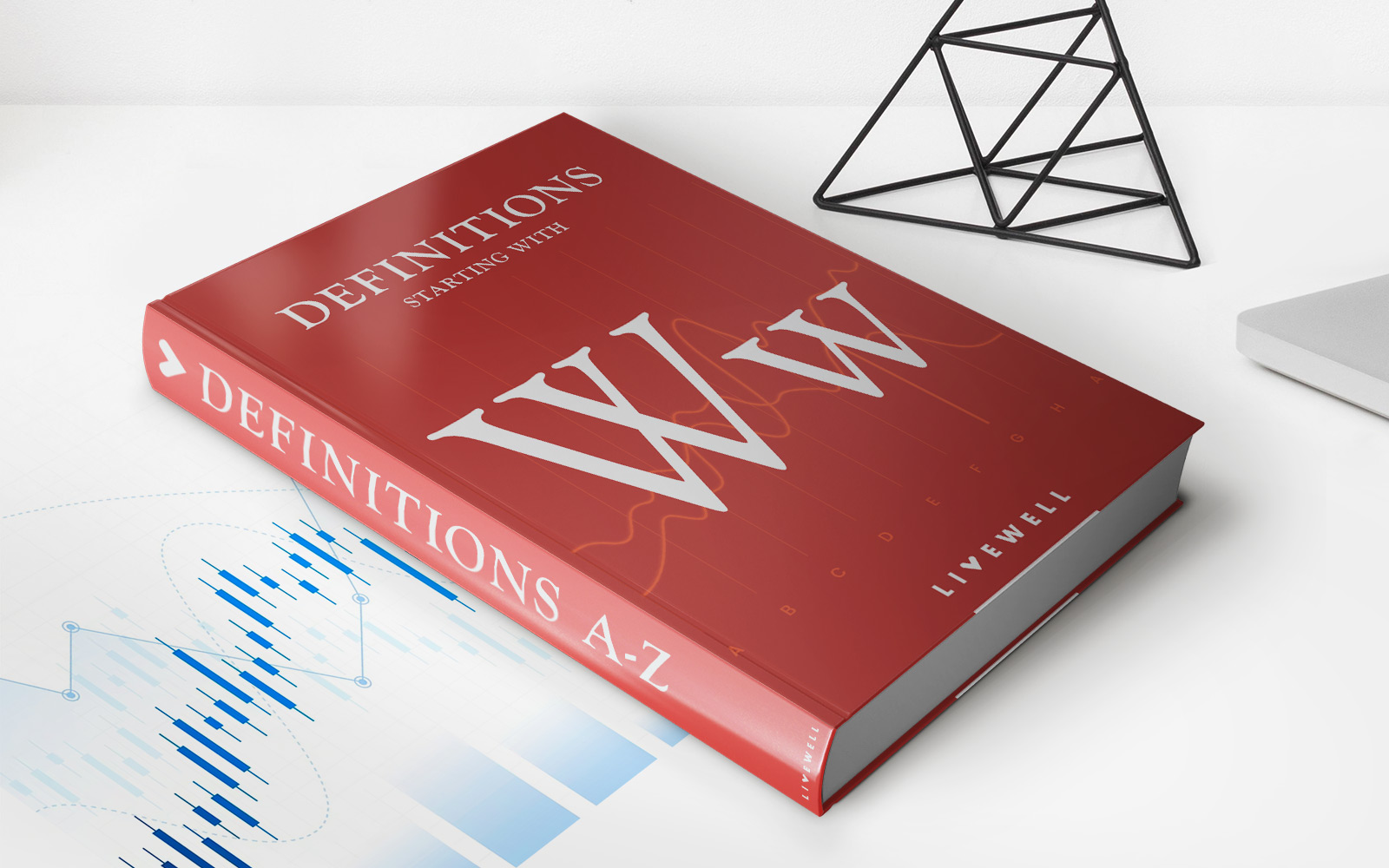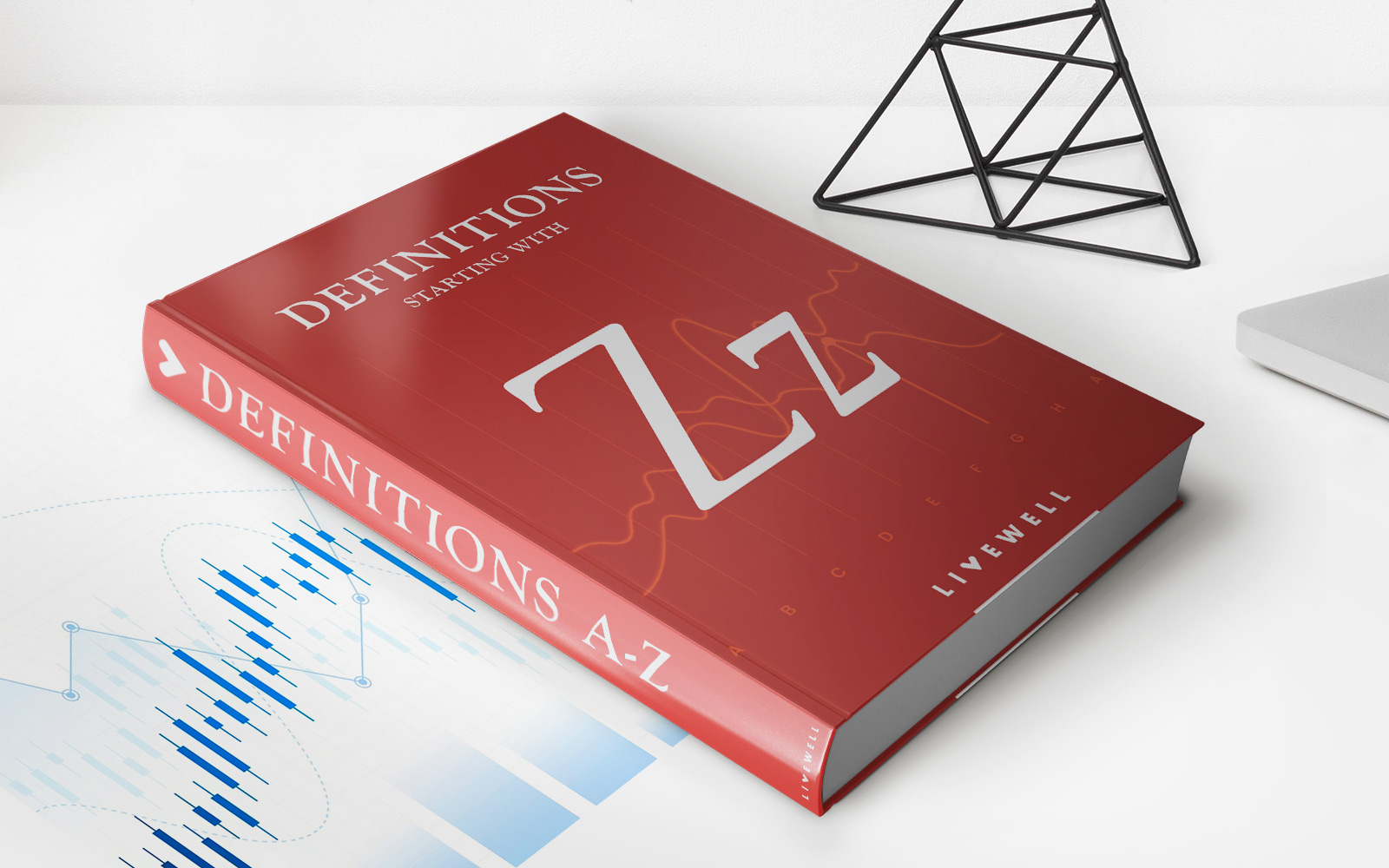

Finance
Zero Cost Collar: Definition And Example
Published: February 20, 2024
Learn the definition and example of a Zero Cost Collar in finance. Discover how this strategy can help mitigate risk and protect your investments.
(Many of the links in this article redirect to a specific reviewed product. Your purchase of these products through affiliate links helps to generate commission for LiveWell, at no extra cost. Learn more)
Zero Cost Collar: Definition and Example
Welcome to another finance blog post from ABC Finance! Today, we’re diving into the world of investment strategies to discuss a fascinating concept called the Zero Cost Collar. You might be wondering, what exactly is a Zero Cost Collar? How does it work? And why is it important for investors? Well, we’re here to demystify this strategy and provide you with a clear understanding of its benefits and applications.
Key Takeaways:
- A Zero Cost Collar is an investment strategy that involves combining a protective put option with the sale of a covered call option.
- It aims to provide downside protection while also capping potential upside gains for an investor.
Let’s start by defining the Zero Cost Collar. Essentially, it is a risk management strategy that is often used by investors to protect the value of their investments without incurring any immediate cost. The strategy involves two key components: a protective put option and a covered call option.
When an investor purchases a protective put option, they are essentially acquiring the right to sell their asset (usually a stock) at a specified price, known as the strike price, within a certain time period. This put option acts as a form of insurance, providing downside protection in case the value of the asset declines.
In order to offset the cost of purchasing the protective put option, the investor simultaneously sells a covered call option. A covered call option involves selling the right for another investor to buy the asset at a specified price within a certain time period. By selling this call option, the investor generates income and reduces the net cost of the protective put option.
So, let’s break it down: with a Zero Cost Collar, an investor is essentially protecting the downside risk of their investment using the protective put option, while also capping their potential upside gains by selling the covered call option. The net cost of the protective put is offset by the income generated from selling the call, resulting in a strategy that offers downside protection at zero upfront cost.
But why would an investor choose to use a Zero Cost Collar? Well, there are a few reasons:
- Protection against market downturns: In volatile markets, a Zero Cost Collar can provide investors peace of mind by limiting their potential losses if the value of their investments decline.
- Generating income: The sale of the covered call option generates income that can help offset the cost of purchasing the protective put option.
- Portfolio hedging: A Zero Cost Collar can be used to hedge an entire investment portfolio, providing blanket protection against a market downturn.
In conclusion, a Zero Cost Collar is an investment strategy that combines a protective put option and a covered call option to provide downside protection at zero upfront cost. By utilizing this strategy, investors can protect against potential losses while also generating income. This strategy is particularly useful in volatile markets and can be applied to individual stocks or entire portfolios. If you’re looking for a way to navigate market uncertainty while protecting your investments, a Zero Cost Collar might be a strategy worth considering.
